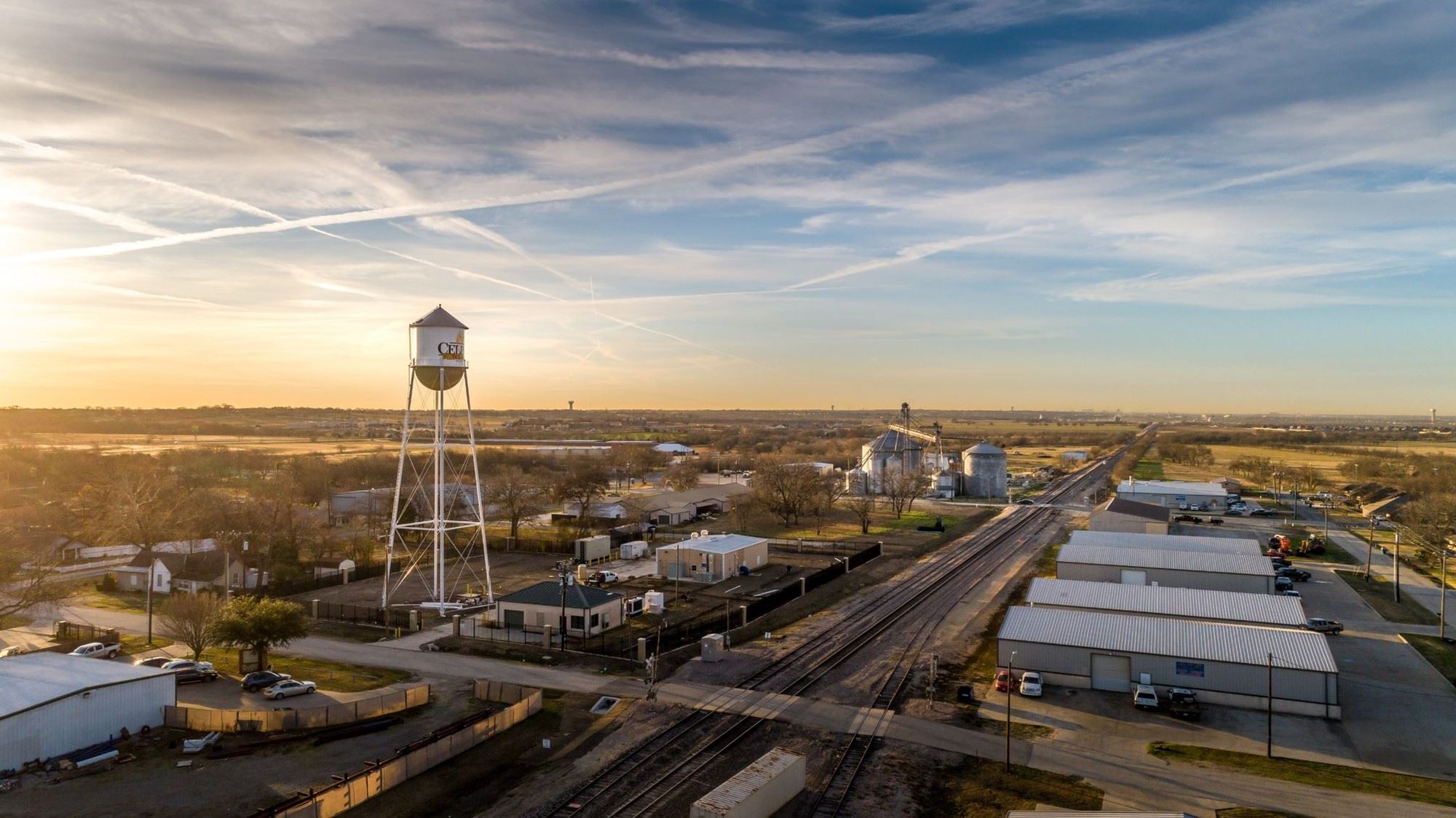It is hard to believe that it has been over 6 months since my last post! As some of you know, I made a transition from Systems Architect at City of Plano to the City of Celina this past January. It has been a breath of fresh air and a nice change of pace. At Celina, I have taken the role of Enterprise Architect. This new role has brought along a host of new and exciting challenges. Celina is a city that has exploded overnight, and is positioned to continue it's rapid expansion over the next decade.
A bit about Celina: Celina is a former farming town just north of Frisco, Texas. It is quickly growing into a desired destination for residential communities and businesses alike. Celina was recognized as the fastest growing City in North Texas in 2021 by the Dallas Business Journal. It's current population is approximately 37,000 and is anticipated to reach 60,000 over the next couple years. Ultimately, Celina will encompass 380,000 residents and 78 square miles.
This rapid growth brings new exciting challenges. My first task was to envision how we wanted our infrastructure to look 5 years from now. I began by painting a picture of what our current infrastructure looks like. This was challenging and further compounded by having a cold handoff from the previous IT department. They had left some documentation; but much had to be discovered. Although the handoff initally seemed like a curse, it ended up being a blessing in disguise. On one hand, you don't get caught up with legacy; but also have limited resources to understand the logic and history behind previous decisions. Ultimately it has allowed us to cultivate technology to align with Celina's vision.
Our IT Director, and a longtime friend of mine, started about 30 days prior to me. We have been working diligently over the last few months to establish a new direction, one that will scale with a City that is booming, and support its efforts to be Life Connected. We have hired a new team member, picked up projects that were inflight, and played catch up on day-to-day operations.
In the last 6 months, we have kicked off numerous new projects, to name a few:
- Design & Construction of a new Datacenter to support the City over the next decade.
- Construction of a new 30,000 sqft Law Enforcement Center.
- Construction of a new double company Fire Station- Fire Station 3.
- Construction of a new Senior Center.
- Audio/Video solution standardization and remodel of Public Works.
- Standardization of structured cabling, access control, and video management platform.
- Construction of a new privately owned and operated 14 mile Fiber-Optic ring.
- Modernization of the server and storage environment using Nutanix.
- Modernization of the backup environment using Rubrik.
- Evaluation/Selection of Axon for in-car and bodyworn cameras.
- Registration for ASN, IPv4, and IPv6 space from ARIN.
- Upgraded connectivity between sites and re-negotiated existing circuits.
- Celluar migration to FirstNet.
It not often you come across a chance to build a city in the 21st century. We thankfully have the advantage of hindsight. I have been able to see how technical debt grows and adds up overtime becoming a momentous task to re-align.
Based on my experience, collaboration is key to buidling a technologically advanced city with limited staff resources. It seems collaboration between local entities is often overlooked or under-valued in IT. Often we find ourselves within our own echo chambers, trying to solve problems that have already been solved. Even when we encounter issues that have not been solved, there is always insight into what does not work and why. I believe not only is there an opportunity to share information; but there is also potential to collaborate on projects and build creative partnerships between public organizations. Our first step towards building collaboration at Celina was to start including other local agencies on product demonstrations. While not every product fits every organization, it helps to understand what capabilities exist and what similar cities are trying to accomplish.
Another potential collaboration we are working towards is a Disaster Recovery site. As natural disasters, power disruptions, and other major events continue to become more common place, the need for a fully operational secondary datacenter is paramount. In our collaboration, we identified a potential partner whose datacenter exists outside the 10 mile north/south separation boundary. This guideline is used to protect from a potential tornado hitting both sites simultaneously. By utilizing DWDM (Dense Wavelength-Division Multiplexing), we will be able to share dark fiber leases. This will allow us to build a fully redundant ring between our datacenter sites while leaving significant capacity available for growth of both organizations.
While this is the first post I have made in several months, I am excited to share more in-depth on some of these topics soon. I am thankful for my experiences and former teammates at Plano.


